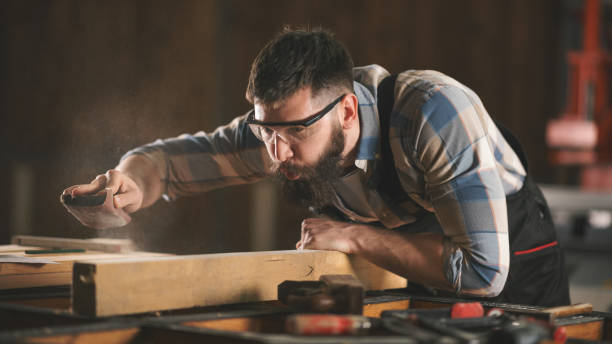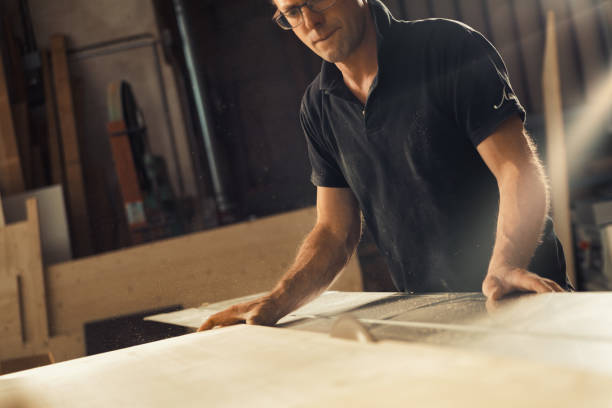
Carpentry in Scotland carries a rich tapestry of tradition, skill, and innovation, deeply woven into the fabric of the nation’s history and culture. From the rolling hills of the Highlands to the bustling cities of Glasgow and Edinburgh, the craft of carpentry has played a pivotal role in shaping Scotland’s built environment and heritage.
The origins of Scottish carpentry can be traced back centuries, rooted in the necessity of constructing shelters, tools, and implements to survive in the rugged Scottish landscape. Early Scottish carpenters drew upon the abundant natural resources of timber, hewing sturdy structures from native woods such as oak, pine, and elm. Their craftsmanship was not only a means of practicality but also an expression of cultural identity and ingenuity.
Throughout the medieval period, carpentry flourished as Scotland’s towns and cities began to emerge. Skilled carpenters were in high demand, tasked with building everything from simple cottages to grand cathedrals and castles. The intricate timberwork found in these historic structures bears testament to the craftsmanship and artistry of Scottish carpenters of old.

One notable example of Scottish carpentry is the cruck frame, a traditional construction method characterized by curved timbers that form the structure’s framework. Found in vernacular architecture across Scotland, cruck-framed buildings are renowned for their distinctive silhouette and robust construction, standing as enduring symbols of the country’s architectural heritage.
As Scotland entered the industrial age, carpentry evolved to meet the demands of a changing society. The advent of mechanized tools and mass production techniques revolutionized the craft, enabling carpenters to produce furniture, joinery, and structural elements with greater efficiency and precision. However, even as technology advanced, the time-honored skills and techniques passed down through generations remained at the core of Scottish carpentry.
In the modern era, Scottish carpentry continues to thrive, blending traditional craftsmanship with contemporary design sensibilities. Skilled artisans and craftspeople across the country uphold the legacy of their forebears, creating bespoke furniture, architectural features, and artworks that showcase the enduring beauty and versatility of wood.
One aspect of Scottish carpentry that sets it apart is the emphasis on sustainability and environmental stewardship. With growing awareness of the impact of deforestation and climate change, many Scottish carpenters prioritize responsibly sourced timber and eco-friendly practices, ensuring that their craft remains in harmony with the natural world.
Carpentry in Scotland is more than just a trade; it is a living testament to the skill, creativity, and resilience of the Scottish people. From ancient cruck-framed buildings to contemporary furniture and structures, the legacy of Scottish carpentry endures, shaping the landscape and culture of the nation for generations to come.
